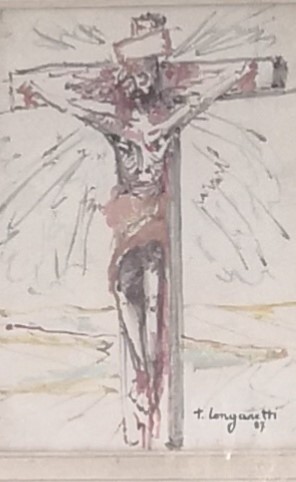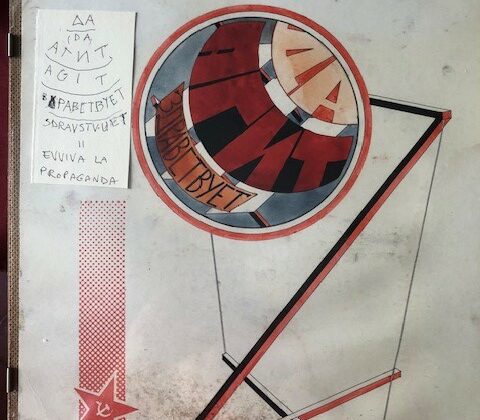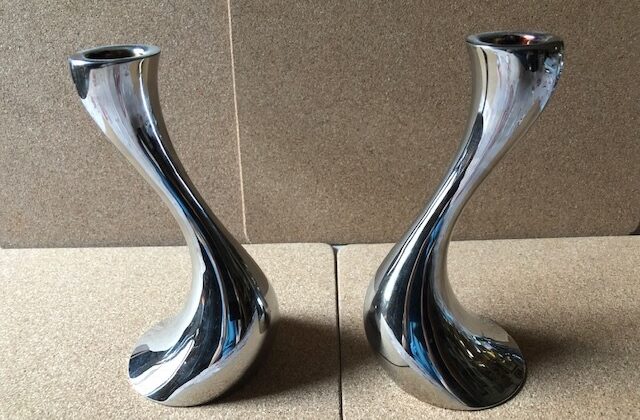Trento Longaretti, painter of sacred against violence
Prof. Francesco Carelli
Trento Longaretti (1916 – 2017) was a painter and he stated that painting is an “elixir for long life”, and continued to paint and exhibit as a centenarian. He was on the fringes of the Corrente movement started by his friends and classmates in the 1930s to oppose the Novecento Italiano movement that was influenced by Italian Fascism.
The themes of his post-war works involved more sacred art, and he adopted an anti-war stance and opposition to violence as a result of his wartime service, which features prominently in works depicting mothers opposing violence. Humility features in many of his works, including the depiction of characters such as beggars, vagrants, and vagabonds, and themes such as loneliness, abandonment, exile, pilgrimage, and poverty. His oil paintings have been described as dense and oily like those of Paul Cézanne, and his style has similarities to the fantasy settings of Marc Chagall and “pictorial culture” of Egon Schiele. His still life paintings have been described as “delicate and almost religious”.
He became involved in the Italian figurative art movement of the mid-1900s. His growing stature as a painter in Italy led to exhibitions at increasingly prestigious events, such as the Venice Biennale and Rome Quadriennale. It ultimately led to Longaretti earning the “Chair of Painting” and becoming the director of the Accademia Carrara in Bergamo in 1953, a position he held until he retired from it in 1978.
In the famous 15 December 1939 editorial in the movement’s magazine Corrente, the group reiterated its anti-fascist commitment in opposition to the National Fascist Party headed by Benito Mussolini by promoting an artist project about “all aspects of the reality in which we live in our time in history”, which Longaretti fully embraced by portraying themes of humility.
Common themes in his art are beggars and vagrants, which he uses as a symbol for human frailty, and mothers opposing violence, characters that could be mistaken for the Madonna. His opposition to violence and anti-war themes in his art were acquired during his military service. He stated that his art is “a denouncement and an invitation to no longer committing” the atrocious injustices of violence. By the 1970s, the mothers in his paintings exhibited a greater courage, and by the 1980s, they had a softer attitude. Longaretti stated that mothers are the same throughout the world – they suffer the consequences of war and the pursuit of glory, and once the destruction is complete, it is they who must rebuild. Other themes include loneliness, abandonment, exile, pilgrimage, and poverty.




